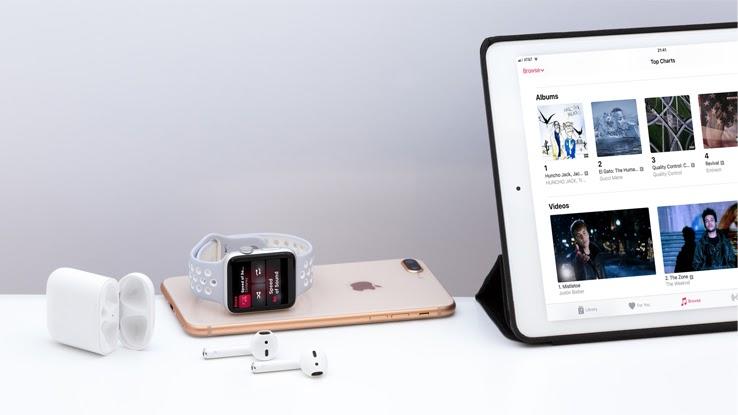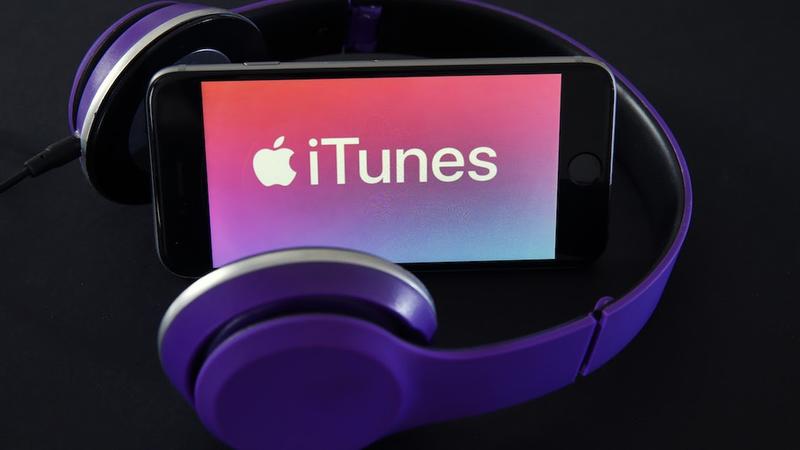How to Update Firmware on Ipod Classic Without Itunes

Apple released iTunes version12.10.five
on March 24, 2020, with updates that resolved several operation and security issues. For example, this release addressed multiple issues withlibxml2
(an XML C parser), including buffer overflows, arbitrary code executions, logic issues and retentiveness corruption.
Version 12.10.5 also resolved several problems with the browser engine known asWebKit, including memory corruption, confusion issues, logic issues and malicious lawmaking executions. All of these updates are available for iTunes for the Windows operating system version vii and afterward. In June 2019, Appleannounced
that macOS Catalina no longer included iTunes, but support will continue for older versions of the macOS and the Windows Bone.
How to Update iTunes on an Older macOS
Updates to iTunes on older versions of the macOS often coordinate with updates released for the operating organisation itself. Installing available operating system updates when they become available ensures that all the apps on your estimator remain stable, perform efficiently and remain secure.

To check separately forupdates
for iTunes on macOS Mojave version and subsequently, become to System Preferences on the Apple tree carte du jour and click on “Software Updates.” If updates are bachelor, you can either click on “Update At present” to update all apps or “More Info” to select the updates that you lot desire to install. You will need to update apps that were downloaded separately from the App Shop via the App Shop app.
For operating systems older than Mojave, open the App Shop and and then click on “Updates” on the App Store toolbar. The next page will show you available updates for the apps. Click on “Update” for whatever or all of the apps. If the page doesn’t show whatever apps, it means that all the apps on your computer are already upwardly-to-engagement.
How to Update iTunes on a Windows OS
Windows OS users who downloaded iTunes from the Microsoft Store ordinarily don’t have to regularly bank check for updates. In most cases, the Microsoft Store updates the iTunes app
automatically
with each new release. However, you can even so check for yourself to see if whatsoever updates are available by running the Downloads and Updates option on the Microsoft Shop app.

PC users who downloaded their version of iTunes from Apple’s Website can start the update process for the app by launching it. Navigate to the Menu bar at the top of the iTunes window. Select “Aid” and and so “Check for Updates.” Bachelor updates should appear on the next page, and you lot will receive a prompt to install them. If cipher appears, it ways that the app is upward-to-date.
iTunes: The Last Major Change
Apple launched iTunes in January 2001, calling it a “jukebox software.” Its main focus at the time was to provide access to digital music with features that made it easier for users to organize, collect and store digital music files. By 2005, the app’south features expanded to support video files, due east-books and podcasts, and information technology managed all your app purchases from the App Store. Mobile apps that were downloaded to devices prior to the release of iOS 5 required iTunes for their updates.

Apple introduced the last major
overhaul
to iTunes in September 2017. Version 12.7 saw the visitor doing abroad with the App Shop feature that used to come packaged with iTunes. With the removal of the built-in App Store, the iTunes revamp shifted the app’s focus back to music, movies, Tv set shows, podcasts and audiobooks.
The 2017 iTunes version also came with features that supported the syncing of iOS 11 devices. For Apple Music, version 12.seven introduced user music profiles that allowed friends to follow each other to view their favorite music files and playlists. Then iTunes U became part of the Apple Podcast family.
What Replaced iTunes?
From its early beginnings as a “jukebox software,” iTunes evolved into a multifunction app that served as an invaluable component on iOS and Mac devices. However, many users and tech experts complained virtually the unwarranted “bloat” that accumulated over the years, particularly when information technology came to iTunes’ features. Many insisted the app had strayed too far from its original purpose.

The growing trend of streaming music and videos over the internet has rendered some of the functions of iTunes
outdated. As iTunes continued to dip in popularity, Apple decided to intermission the once-mighty app’s functions downwards into smaller apps. Since the June 2019 announcement that iTunes would not be included with Catalina, the functions of the app accept been replaced with individual apps for Music, Podcasts, TV and Finder.

